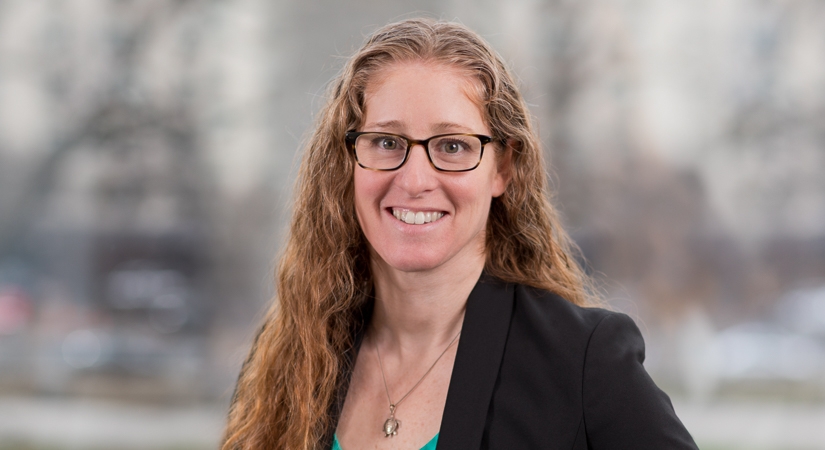California DTSC Accepting Comments on the Use of BPA, Ortho-phthalates, and PFAS in Food Packaging as Part of Its Evaluations under the Safer Consumer Products Program
The California Department of Toxic Substances Control (DTSC) is moving forward with a process that may ultimately impose restrictions on the use of certain classes of chemicals in food packaging products under the Safer Consumer Products Program. The classes of chemicals in food packaging that are currently being evaluated by DTSC include Bisphenol-A (BPA) and its alternatives, Ortho-phthalates (OPs), and Perfluoroalkyl and Polyfluoroalkyl Substances (PFAS).
DTSC is accepting public comments on the use of BPA and its alternatives and Ortho-phthalates in food packaging through December 19, 2019. The comment period for food packaging containing PFAS will be open through January 14, 2020. DTSC is specifically seeking input from manufacturers and other stakeholders regarding the use of these chemicals in food packaging products, the availability and feasibility of alternatives, and any adverse impacts associated with the lifecycles of these products. DTSC’s current evaluation efforts could lead to a future rulemaking proposal listing certain categories of food packaging products with BPA, OPs and/or PFAS as priority products under the Safer Consumer Products (SCP) Program. A complete list of priority products that have been proposed or adopted by DTSC under the SCP Program is available here.
Background
Under California’s SCP Program, DTSC is required to identify and prioritize chemicals of concern and evaluate consumer products containing chemicals of concern to limit exposure to, or reduce the hazards associated with, the use of the chemicals in consumer products. As previously reported by Beveridge & Diamond, the SCP regulatory framework contains four key components:
- DTSC identifies a list of chemicals of concern from a broader list of candidate chemicals, which serve as the basis for selecting priority products.
- DTSC identifies and lists priority products that contain one or more candidate chemicals of concern via rulemaking.
- Responsible entities must notify DTSC if they produce, assemble, import, or sell a priority product; conduct an alternatives analysis (which requires evaluation and comparison of a priority product and one or more alternatives to determine whether a safer, feasible alternative exists); and submit an Alternatives Analysis Report to DTSC.
- Based on the results of the alternatives analysis for the priority product, DTSC can impose a range of regulatory responses to address the hazard or potential exposure, including:
- Require additional product information for consumers.
- Impose use restrictions on chemicals and products.
- Prohibit the sale of a product; require engineering controls.
- Require end-of-life management.
- Order funding for green chemistry research.
Current DTSC Efforts
As part of DTSC’s effort under step two to identify priority products for listing via rulemaking, DTSC is required to issue a Work Plan every three years that identifies the product categories that it will evaluate during the ensuing three-year period for potential regulation as a priority product. Food packaging was one of seven product categories that DTSC identified in its Three Year Priority Product Work Plan for 2018-2020. DTSC defines “food packaging” to mean any product that is used to package hot, cold, frozen or room temperature food or beverage items for sale to restaurants and grocery stores or for retail sale to consumers.
In listing food packaging as a new product category in its 2018-2020 Priority Product Work Plan, DTSC acknowledges that food packaging is already subject to “complex regulatory requirements implemented by a number of authoritative bodies” including the U.S. Food and Drug Administration (FDA), the U.S. Department of Agriculture (USDA), the California Department of Public Health, CalRecycle and local governments. In this regard, DTSC has stated that it will take “special care” to consider other regulatory authorities and whether they “provide adequate protections to people and the environment” as part of its efforts to determine whether food packing products should be listed as a priority product under the SCP Program.
DTSC recently held a series of meetings and workshops on food packing products including an October 24, 2019, webinar presentation on DTSC’s initial findings from its food packaging evaluation and a November 19, 2019, workshop on OPs and BPA and its alternatives in food packaging. DTSC will be convening another workshop on January 14, 2020, to discuss the use of PFAS in food packaging.
Bisphenol-A (BPA)
In its 2018-2020 Priority Products Work Plan, DTSC identified BPA and some of its alternatives -- including bisphenol F (BPF), bisphenol S (BPS), and bisphenol AF (BPAF) -- as candidate chemicals that may warrant further research and evaluation regarding their use in food packaging products.
According to DTSC, BPA is used, among other things, to manufacture epoxy-based resins that coat the interior of aluminum and steel food and beverage cans. BPA may also be used in food packaging liners, such as jar lids and bottle caps. DTSC has stated that the use and prevalence of BPA and its alternatives in liners for food and beverage cans and lid are currently “unknown to DTSC.” Accordingly, DTSC is soliciting public comments from the stakeholders on the specific use of BPA in food packaging products, the availability and feasibility of alternatives, and any adverse impacts associated with the life cycle of these products.
Ortho-phthalates (OPs)
OPs are listed on DTSC’s candidate chemical list under the SCP Program. One of the major uses of OPs is as a plasticizer in polyvinyl chloride (PVC). According to DTSC, food packaged in PVC has been shown to contain OPs, which are potential endocrine disruptors and reproductive and developmental toxicants. DTSC is soliciting public comments from stakeholders on the current uses of OPs in food packaging products in order to inform its final decision on whether to list food packaging containing OPs as a priority product.
Perfluoroalkyl and Polyfluoroalkyl Substances (PFAS)
PFAS are a very large group of chemicals, consisting of about 5,000 substances. PFAS are used in a variety of food packaging products made of paper, paperboard, and molded fiber to provide water, stain, and grease resistance. According to DTSC, the potential inclusion of PFAS in food packaging as a listed priority product aligns with its policy goal “to protect children, women of childbearing age, and pregnant women from exposures to harmful chemicals, especially carcinogens, mutagens, reproductive toxicants, neurotoxicants, developmental toxicants, and endocrine disruptors.”
DTSC is soliciting public comments from stakeholders on the current uses of PFAS in food packaging, the availability of alternatives, and the adverse impacts associated with the life cycle of these products. DTSC will also be holding a day-long public workshop on PFAS in food packaging on January 14, 2020. Registration information is available on DTSC’s webpage.
Beveridge & Diamond’s Chemicals Regulation practice group and Chemicals industry group provide strategic, business-focused advice to the global chemicals industry. Beveridge & Diamond's Consumer Products industry group works with U.S. and multinational companies that make, distribute, transport, or sell consumer products in a hyper-competitive and evolving consumer goods market. We help them identify, understand, and comply with complex regulatory requirements throughout the product lifecycle. For more information, please contact the authors.










